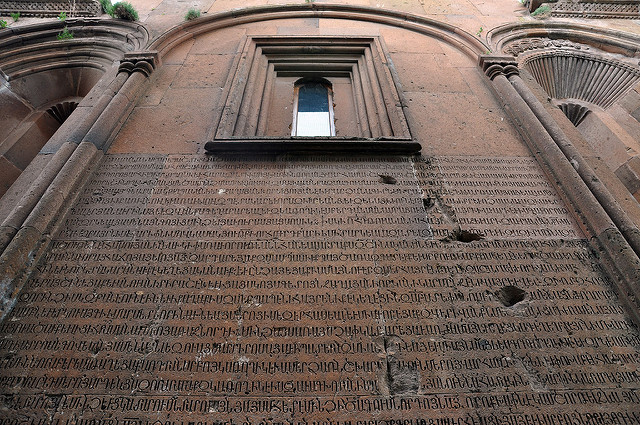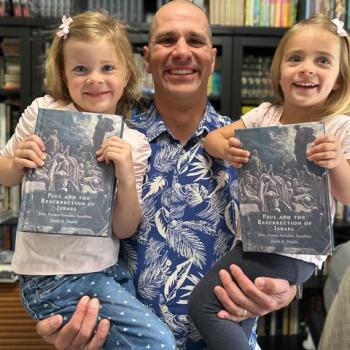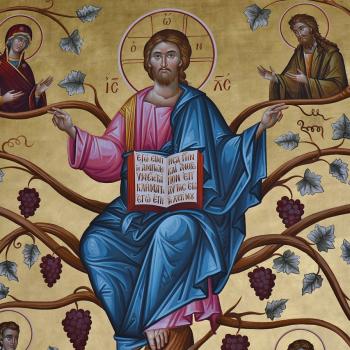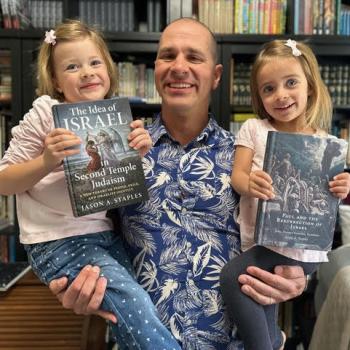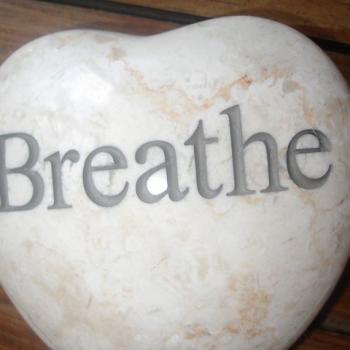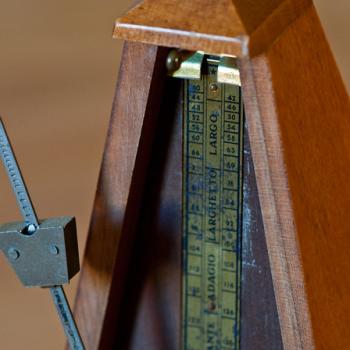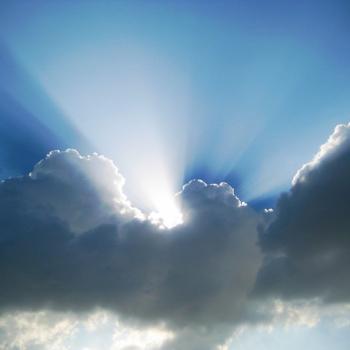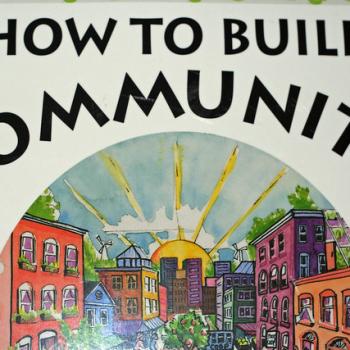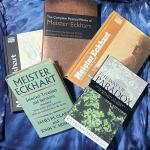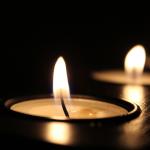I know some monks who are excellent storytellers. They tend not to tell stories like the rest of us.
People with corporations and nonprofit groups do not describe them the way monks describe their monasteries. I have never heard a monk say anything like, “Hello. My name is Brother Boniface and I am a monk.” I have never read a brochure that describes an organization the way I have heard monks describe them.
Part of the difference is most monks have a countercultural perspective on time. To understand a monastery or monastic order, it is important to grasp its history. Monastic life does not reinvent itself every few days or months, but depends on tradition. People who want to learn from monastic life need to appreciate and interpret its traditions.
Monks tend to describe things people wrote hundreds of years ago as if they actually heard them say it.
Monastic history tends not to be built around key strong personalties who stand out from the crowd. There are some, though they tend to reflect and illuminate the broader monastic population. Monastic innovators tend not to head off on their own, but to create in community. One of the great strengths of monastic tradition is its focus on helping each person discern the path.
Monastic narrative is not told in one voice. Monasteries do not have communications departments or spokespeople. Each member of the monastic community takes opportunities to listen, discerning a monastic narrative for themselves.
Monks lead us by their examples. Listening and reflecting individually and in community, they discern the arc of the monastic narrative. They tell us the stories that shape and guide them, sharing the wisdom gleaned from their experience.
Where are we in our monastic narratives today?
What shapes our own monastic narratives?
[Image by ninastoessinger]


